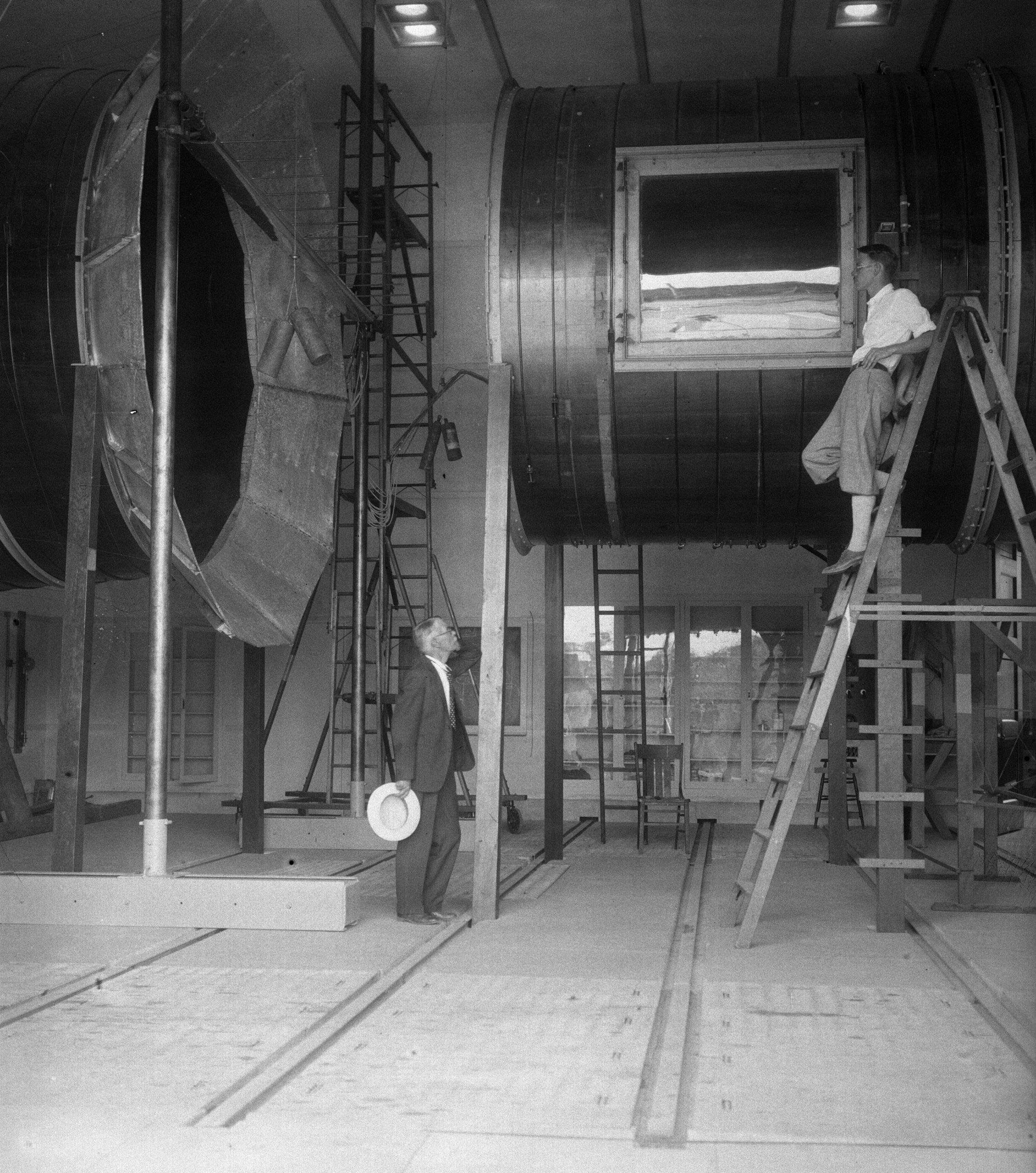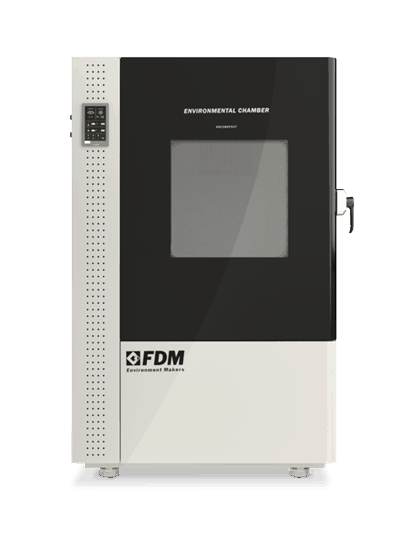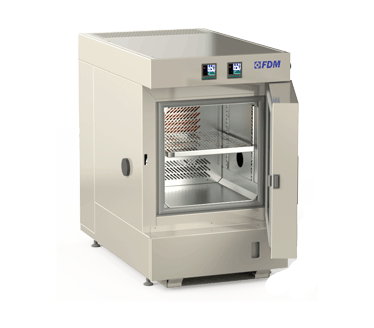
As those who follow these pages know well, most atmospheric conditions are reproducible in the space of a climatic chamber, the laboratory instrument we deal with in FDM - Environmental Makers.
Most but not all. If we need to test the impact of large air masses on a vehicle, well, something more is needed. That's the purpose of NASA wind tunnels.
What are NASA Wind Tunnels for?
As we read on the NASA website, the history of wind tunnels is as old as the history of the study of the effects of wind on vehicles, or aerodynamics.
Long before the first airplanes saw the light of day, scientists understood that laboratory conditions were needed to test how vehicles interacted with the air.
Wind tunnels are nothing more than this: laboratories in which the flow of air that objects - mostly vehicles but not only - will encounter in their conditions of use is reproduced.
Perform
Extreme Testing
Discover the new series of Environmental Chambers for controlled climate testing
How Wind Tunnels are made
Wind tunnels are hollow tubes in which air circulates at a certain speed.
Inside there is the test chamber, where the object to be tested is placed. There are various ways to introduce air into the tunnel and two basic types of wind tunnels: open-loop and closed-loop. The first expels the air, while the second puts it back into circulation and is generally considered more precise.
Wind Tunnel Tests: What Sectors Do They Cover?
NASA's Wind Tunnels, among the most technologically advanced in the world, are mainly used to test airplanes and spacecraft. But the wind tunnel tests certainly don't stop here.
Wind tunnels are in fact used to test the aerodynamics of... every object that must challenge the air. This is why the entire automotive sector is involved in wind tunnel testing and the commercial cars we drive every day are subjected to testing in the design phase.
If the cars need to achieve excellent performance, the wind tunnel test is even more in-depth. This is the case of Formula One cars. Racing motorbikes, cyclists' bicycles and even their clothing are tested in the same way and must offer minimal air resistance to gain precious seconds.
Finally, remaining on sport, even footballs and rugby balls are tested in wind tunnels, to study the most aerodynamic design possible.
You cannot find the ideal chamber for your test?
Create your own environment, according to any test requirement
The FDM Environmental Chamber
Wind tunnels are an extreme but important case of a climate test that cannot be carried out with common laboratory instruments.
For everyone else, there is the environmental chamber. Specialized in so-called "extreme" climatic tests, environmental chambers can accurately and reliably simulate all environmental conditions that concern product and material tests.
To find out more about the FDM environmental chamber, do not hesitate to write to us.
Would you like to receive a quote or do you have questions about the product?
Contact us to receive more information about this Product.



